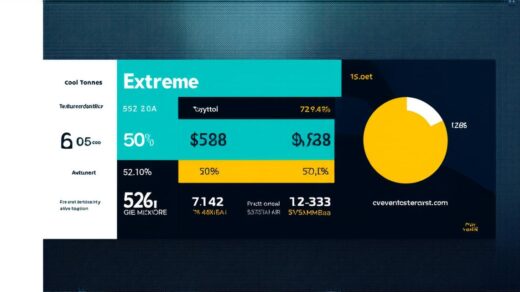Blockchain technology is often associated with privacy and anonymity, but this is not entirely accurate. While blockchain does provide a high level of security and pseudonymity, it is still possible to trace cryptocurrency transactions.
1. Public Blockchain
Public blockchains are decentralized systems that are open to anyone who wants to participate. They allow for a high level of transparency and accessibility, making it easy to trace cryptocurrency transactions. In these systems, every transaction is recorded on the public ledger, which can be accessed by anyone with an internet connection.
For example, Bitcoin is a public blockchain that uses a distributed network of nodes to verify and validate transactions. This means that all Bitcoin transactions are publicly visible on the blockchain and can be traced by anyone who wants to see them. While users can use aliases or pseudonyms to hide their identities, this information can still be linked back to their real names through various means, such as IP addresses or social media accounts.
2. Private Blockchains
Private blockchains, on the other hand, are decentralized systems that are only accessible to a select group of participants. These systems are designed for greater privacy and security, as transactions are not publicly visible on the blockchain. However, even in private blockchains, it is possible to trace cryptocurrency transactions using various methods.
One way to track private blockchain transactions is through the use of smart contracts. Smart contracts are self-executing contracts that can be programmed to automatically execute when certain conditions are met. They are often used in private blockchains to automate complex processes and ensure the integrity of transactions. However, smart contracts can also leave digital clues that can be used to trace transactions.

For example, if a smart contract is programmed to pay out funds only after a certain condition is met, this can create a paper trail that can be followed by anyone who wants to track the transaction. Additionally, private blockchains can still be accessed by malicious actors if they have the correct credentials, allowing them to trace transactions and potentially steal funds.
3. Centralized Exchanges
Centralized exchanges are online platforms that allow users to buy, sell, and trade cryptocurrencies. These exchanges are often used by individuals who want to enter and exit the crypto market quickly and easily, without worrying about the complexities of blockchain technology. However, centralized exchanges can also leave digital clues that can be used to trace cryptocurrency transactions.
For example, when a user trades cryptocurrencies on a centralized exchange, they may need to provide personal information such as their name, address, and bank account details. This information can then be used to track the transaction and potentially identify the user. Additionally, centralized exchanges often require users to verify their identities using various methods, such as government-issued ID or biometric data, which can create a paper trail that can be followed by anyone who wants to track the transaction.
4. Smart Wallets
Smart wallets are digital wallets that use blockchain technology to store and manage cryptocurrencies. These wallets are designed to provide greater security and privacy than traditional wallets, as they allow users to control their own private keys and protect against theft and hacking. However, smart wallets can also leave digital clues that can be used to trace cryptocurrency transactions.
For example, when a user sends or receives cryptocurrencies from another address, this transaction is recorded on the blockchain.



